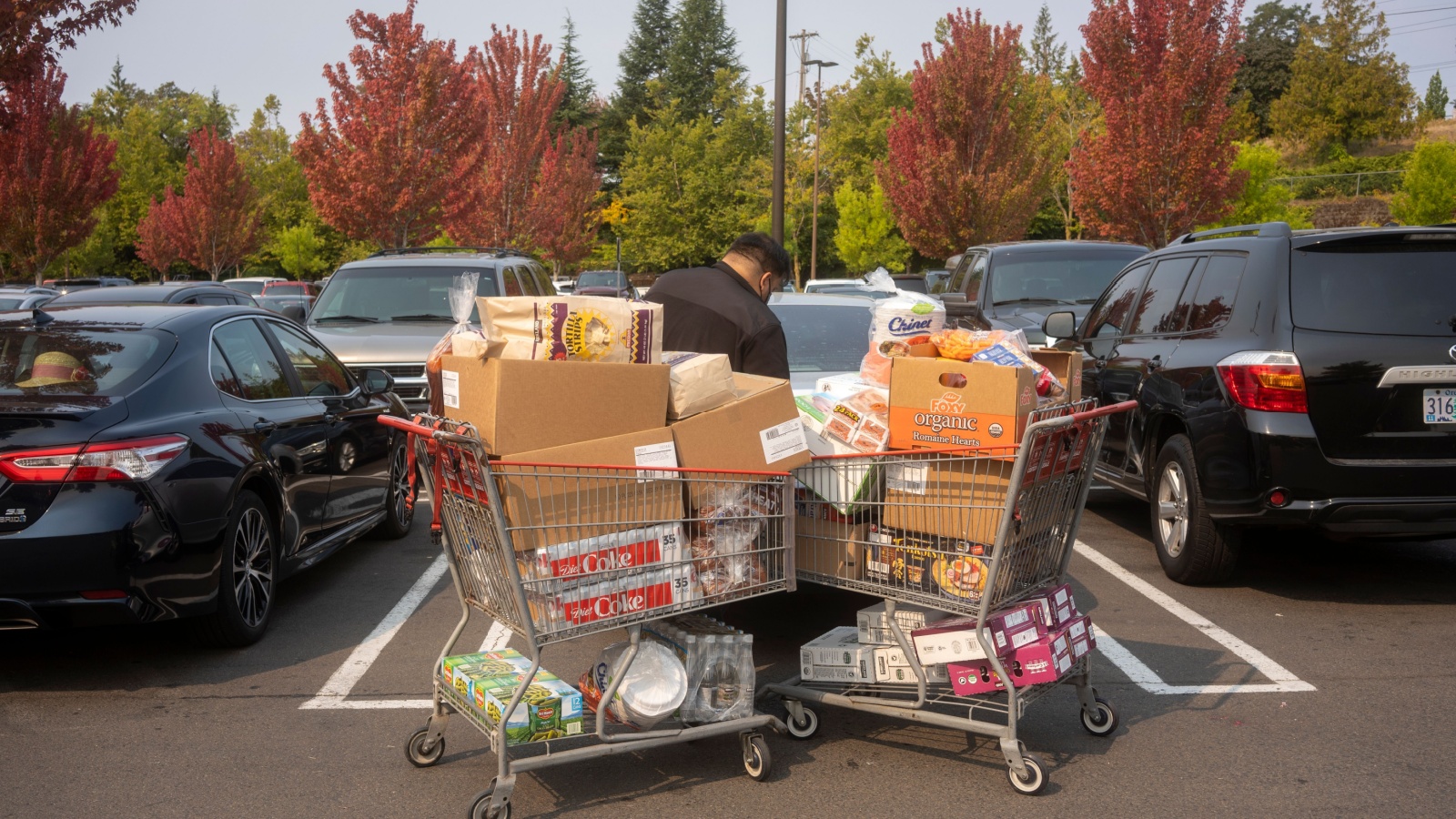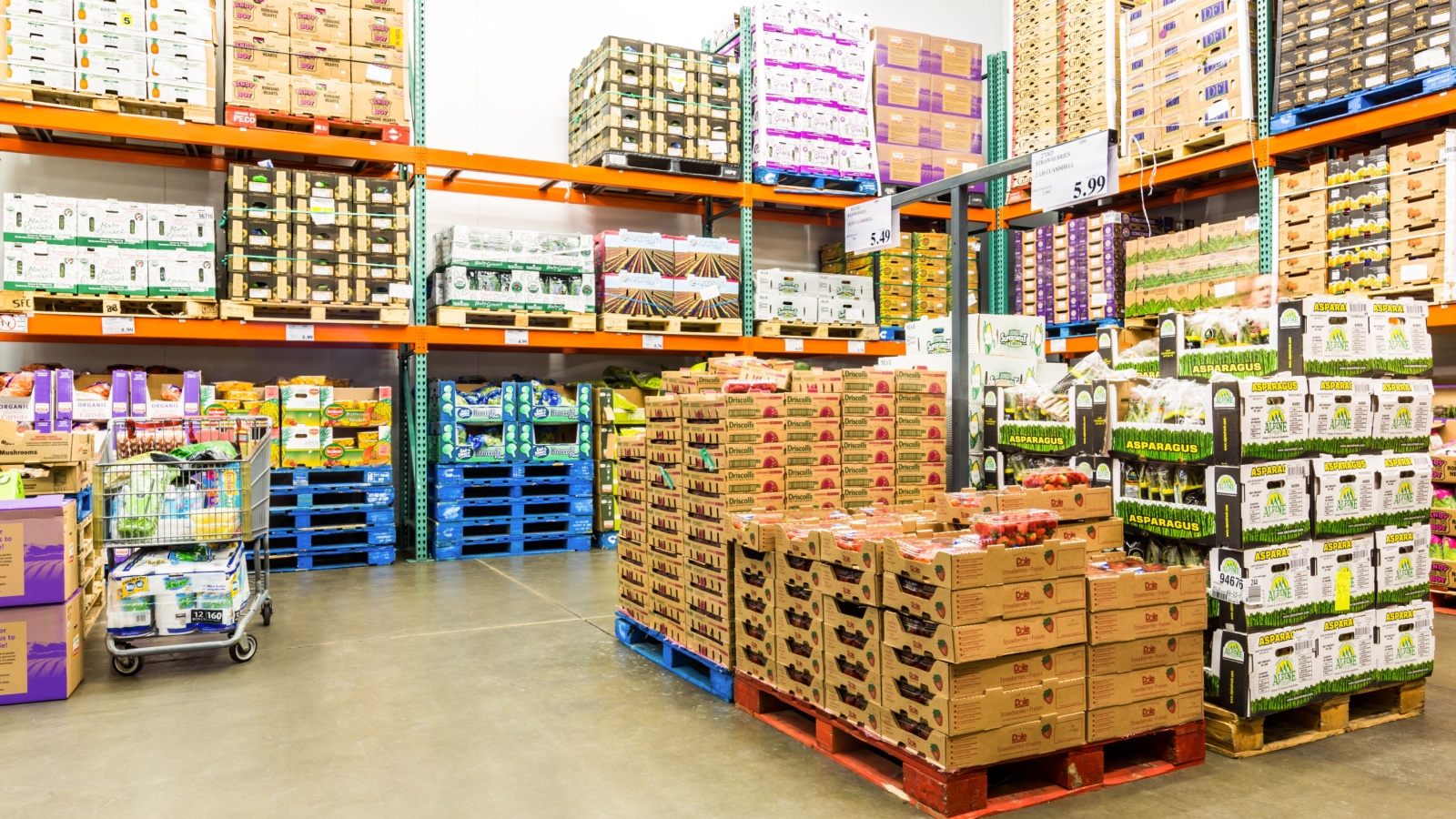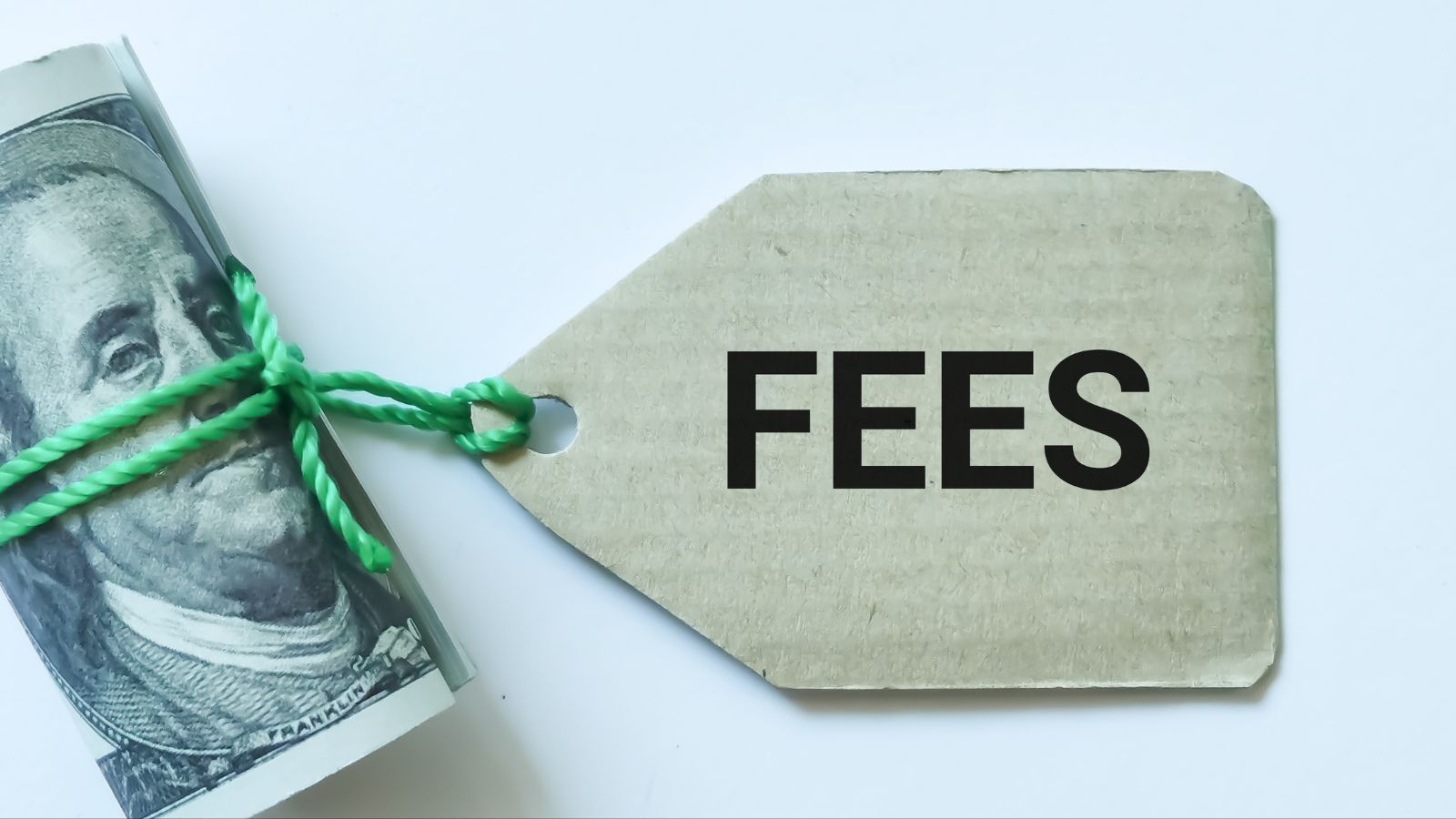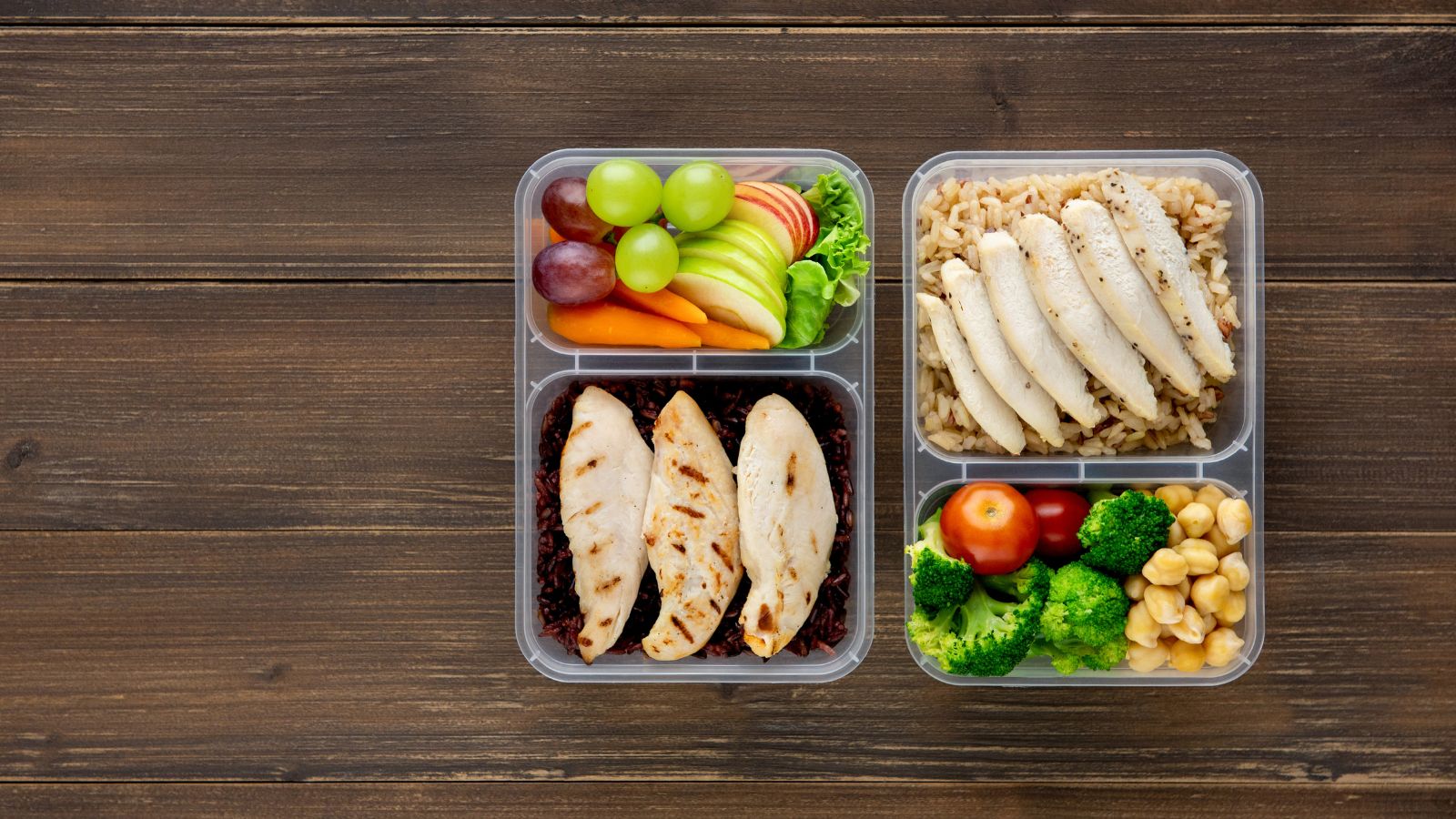Canadians pride themselves on being financially savvy, but even the most budget-conscious households fall into traps that drain money unnecessarily. From everyday conveniences to overlooked habits, small expenses often snowball into thousands of wasted dollars each year. But with just a few strategic shifts, Canadians can keep more money in their pockets without giving up comfort or quality of life. Here are 25 things Canadians waste money on, and what to do instead:
Daily Coffee Runs

That $5 latte doesn’t seem like much, until it becomes $1,200 a year. Canadians spend heavily on takeaway coffee when brewing at home costs pennies per cup. Investing in a quality coffee maker or a French press can deliver the same satisfaction at a fraction of the cost. For those who enjoy café culture, consider limiting visits to once or twice a week as a treat rather than a habit. The savings from refraining from a coffee run stack up quickly while still allowing for indulgence without guilt.
Seasonal Decorations

From Halloween inflatables to holiday lawn displays, Canadians often overspend on seasonal décor that gets used only a few weeks a year. Retailers capitalize on trends, tempting shoppers into buying new items every season. Instead, consider DIY options, repurposing existing décor, or buying secondhand pieces at thrift stores, as rotating a core set of timeless decorations saves money while still creating festive moments. By cutting back on excessive seasonal purchases, households can keep traditions alive without draining their budgets year after year.
Dining Out Too Often

Eating at restaurants regularly is a major drain on Canadian wallets, especially in big cities where meals average $20-$30 per person. Cooking at home not only saves money but also offers healthier, customizable meals, while planning weekly menus and prepping food in advance can reduce the temptation to order in. For those who enjoy the social side of dining, consider hosting potluck dinners with friends. Shifting just two restaurant meals a week into homemade ones can save thousands annually without sacrificing enjoyment.
Premium Cable Packages

Cable bills often exceed $100 a month, and many Canadians still pay for channels they never watch, even though streaming services offer more flexibility and affordability at a fraction of the cost. Better yet, combining free platforms like CBC Gem or Tubi with one or two paid subscriptions can cover most viewing needs. Cutting the cord can free up over $1,200 a year while still keeping your entertainment lineup intact.
Brand-Name Groceries

Canadians frequently overspend on brand-name groceries when store-brand alternatives often have the same quality at much lower prices. From pasta to cleaning supplies, private-label items can reduce bills significantly without noticeable differences. Shopping at discount grocers, buying in bulk, or sticking to weekly flyers for deals further stretches the budget. Over a year, swapping even half of your grocery list for cheaper alternatives can mean thousands in savings while keeping meals satisfying.
Extended Warranties

Electronics retailers push extended warranties, but most products rarely break within that period, and if they do, manufacturer coverage usually applies. Instead of paying extra upfront, consider putting that money into an emergency fund or using a credit card that includes built-in purchase protection. In many cases, the cost of the warranty exceeds potential repair costs, making it easy for Canadians to save hundreds by skipping unnecessary add-ons and relying on smarter consumer protection strategies.
Overdraft and Bank Fees

Banks collect billions from Canadians each year through overdraft charges, account fees, and ATM surcharges. Often, these costs can be easily avoided by choosing a no-fee online bank, setting up automatic transfers to prevent overdrafts, or using only in-network ATMs, which can help prevent wasted money. Even small changes, like monitoring accounts through apps, can save hundreds annually. Redirecting this money into investments or savings instead of fees builds wealth instead of eroding it.
Bottled Water

Despite Canada’s abundant clean tap water, many households spend heavily on bottled water. At $1-$3 a bottle, this habit can cost hundreds annually while creating unnecessary plastic waste. A reusable water bottle and a simple filter pitcher deliver the same results at a fraction of the cost. For families, switching from bottled to tap water can save thousands over a decade, proving that convenience doesn’t have to come with a financial penalty.
High-Interest Credit Card Debt

Paying only the minimum on credit card balances locks Canadians into cycles of debt, with interest rates often exceeding 20%, but that interest payment is pure waste. Instead, prioritize paying off balances quickly or transferring to a lower-interest line of credit, as building an emergency fund prevents future reliance on credit cards. Canadians who aggressively pay down balances can save thousands in interest while freeing up cash flow for actual wealth building.
Impulse Online Shopping

Flash sales and one-click checkouts make it dangerously easy for Canadians to overspend online. While convenient, these purchases often end up unused or regretted, but a simple 24-hour rule of waiting before buying reduces impulse spending dramatically. Removing stored payment details from websites also creates a useful pause. Redirecting those avoided purchases into savings or debt repayment creates long-term financial stability instead of clutter and regret.
Overpriced Vitamins and Supplements

Canadians spend heavily on vitamins and supplements that often provide little to no added benefit when a balanced diet would suffice. Many products are marketed as must-haves but are overpriced versions of basic nutrients. Instead of overspending, focus on whole foods rich in natural vitamins and minerals, or choose generic supplements at a fraction of the price if needed. Consulting a doctor before buying helps to avoid unnecessary costs. Shifting from hype-driven purchases to evidence-based choices keeps both your health and wallet in better shape.
Expensive Skincare Products

High-end skincare products can run into hundreds of dollars, yet many contain the same active ingredients as drugstore alternatives. Canadians often fall for luxury branding when simpler solutions would deliver the same results. Dermatologists consistently recommend affordable basics like sunscreen, moisturizer, and gentle cleansers as the foundation of healthy skin. By sticking to proven, cost-effective essentials, you can avoid wasting money on marketing-heavy products.
Excessive Streaming Subscriptions

The rise of streaming means households often juggle five or more services at once. Netflix, Disney+, Crave, Prime, and others might seem inexpensive individually, but together they can cost as much, or more, than old cable bills. Canadians waste hundreds of dollars annually on services they barely use. By rotating subscriptions month-to-month or sharing family plans, costs can be trimmed significantly. Sticking to one or two platforms at a time ensures you’re still entertained without drowning in recurring charges.
Premium Gym Memberships

A deluxe gym package with spa perks sounds appealing, but many Canadians pay for extras they never use. Monthly memberships ranging from $60 to $120 can drain budgets, especially when visits are infrequent. A smarter alternative is a no-frills gym at half the price, or even better, using free fitness resources like YouTube workouts, community recreation centers, and outdoor activities. Home equipment, like resistance bands or dumbbells, can also replace costly contracts.
Credit Card Interest Charges

One of the most destructive money drains is carrying a balance on high-interest credit cards. With rates often above 20%, even small amounts balloon quickly, leading to wasted hundreds or thousands in interest each year. Canadians stuck in revolving debt miss out on opportunities to save or invest, whereas the smarter move is to pay balances in full each month or transfer to a lower-rate option, such as a line of credit. By avoiding interest entirely, households keep more of their hard-earned money, accelerating financial stability instead of feeding banks with unnecessary payments.
Pricey Holiday Spending

The holiday season is notorious for overspending on gifts, décor, parties, and travel, which can easily exceed budgets. Many Canadians find themselves paying off holiday bills months into the new year. Overspending often comes from impulse buying and pressure to impress. The better alternative is setting a clear budget, starting shopping early to snag deals, and embracing thoughtful but affordable traditions like homemade gifts or group Secret Santa exchanges. Shifting focus from flashy spending to meaningful experiences allows families to enjoy the season fully without carrying the financial hangover long afterwards.
Luxury Car Leases

Driving a luxury vehicle might look appealing, but leasing often traps Canadians in endless cycles of high monthly payments with nothing to show for it at the end. With insurance and maintenance, the real cost becomes staggering. Instead, choosing a reliable used car or financing a fuel-efficient model avoids depreciation traps and keeps transportation costs manageable. Cars are tools, not investments, and wealthier households are often those who drive modest vehicles.
Unused Memberships and Subscriptions

From subscription boxes to professional memberships, Canadians often sign up for services they rarely use. Whether it’s a beauty box that goes unopened, a subscription magazine collecting dust, or a membership to a club that’s never attended, these costs silently erode budgets. The solution involves conducting regular audits of monthly charges and eliminating anything that doesn’t deliver consistent value. Many Canadians are surprised at how much they save simply by canceling overlooked subscriptions.
Name-Brand Medications

Pharmacy shelves are lined with name-brand medications that cost significantly more than generic alternatives containing the same active ingredients. Canadians waste money paying extra for packaging and brand recognition rather than effectiveness. Switching to generics, whether for pain relief, allergy meds, or prescriptions, delivers identical health benefits at a fraction of the cost. Pharmacists can confirm safe substitutions, making this a painless way to cut unnecessary expenses. Over time, these small savings add up, proving that smart health decisions can benefit both your wallet and your well-being equally.
ATM Withdrawal Fees

Frequent ATM withdrawals outside your bank’s network lead to hefty fees, sometimes $3 to $5 per transaction, and Canadians often overlook this invisible expense that adds up quickly. Instead, plan by using your own bank’s ATMs, withdrawing larger amounts less frequently, or switching to a no-fee digital bank. In contrast, many credit unions and online banks offer unlimited free withdrawals. Avoiding unnecessary ATM charges might seem minor, but over a year, these small savings add up.
Lottery Tickets

Hopeful dreams of sudden wealth drive Canadians to spend millions annually on lottery tickets, yet the odds of winning life-changing prizes remain slim to none. Even a modest $20 spent weekly adds up to more than $1,000 a year, which is money better directed toward savings or investing. While occasional fun is harmless, relying on lotteries as a financial plan is a guaranteed losing strategy. Replacing ticket purchases with contributions to a TFSA or RRSP builds real long-term wealth and ensures your money is working for you instead of vanishing overnight.
Trendy Tech Upgrades

New phones, laptops, and smart gadgets are released so often that many Canadians upgrade long before their devices need replacing. That latest model mindset drains thousands over a decade, especially since most devices last far longer than marketing suggests. Instead of upgrading every cycle, it makes financial sense to stretch device lifespans with battery replacements, protective cases, or refurbished purchases. Waiting even a year or two before upgrading can save hundreds.
Convenience Foods and Meal Kits

While meal kits and pre-packaged convenience foods promise time savings, their premium pricing often far outweighs the benefits. A week of meal kits for a family can cost double or triple what the same groceries would run at the supermarket. Canadians pay heavily for convenience, but batch cooking, prepping ahead, and using simple recipes slash costs without sacrificing nutrition. Planning weekly menus not only reduces overspending but also minimizes food waste.
Fancy Pet Products

Pet owners often splurge on gourmet foods, stylish accessories, and elaborate toys, but animals typically don’t require luxury to thrive. Many premium-marketed items offer minimal added value compared to standard, vet-approved options. Canadians waste money pampering pets with overpriced extras when simpler alternatives keep them just as happy and healthy. Making smarter choices on food brands, buying in bulk, and creating DIY toys can slash costs dramatically. Pets thrive most from love and attention, not expensive gear, making this an area where savings won’t hurt the quality of care.
Frequent Upgrades to Home Décor

Home décor trends change quickly, tempting Canadians to update furniture, rugs, or wall art continually. But frequent upgrades drain budgets without significantly improving comfort or function. The reality is that most items, when chosen with timeless style, can last for years without feeling outdated. Instead of chasing every trend, focusing on versatile, high-quality pieces and mixing in affordable accents seasonally is far more cost-effective.
21 Products Canadians Should Stockpile Before Tariffs Hit

If trade tensions escalate between Canada and the U.S., everyday essentials can suddenly disappear or skyrocket in price. Products like pantry basics and tech must-haves that depend on are deeply tied to cross-border supply chains and are likely to face various kinds of disruptions
21 Products Canadians Should Stockpile Before Tariffs Hit
